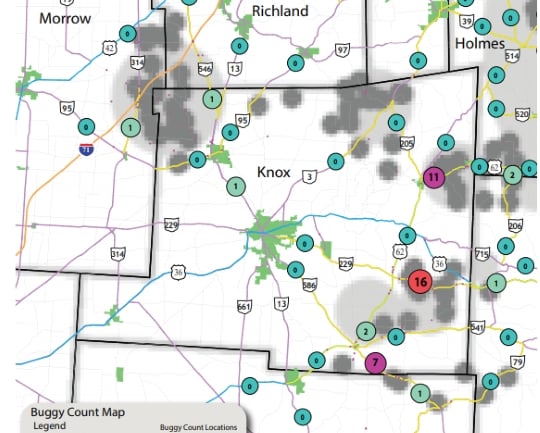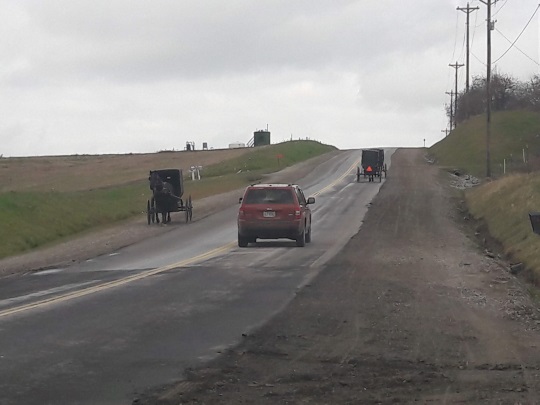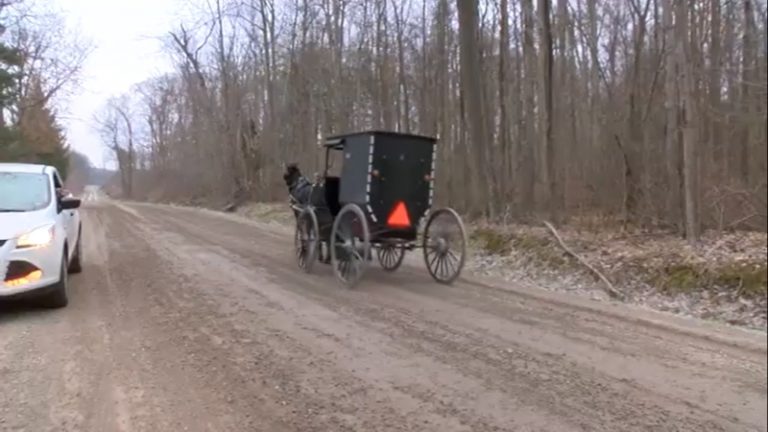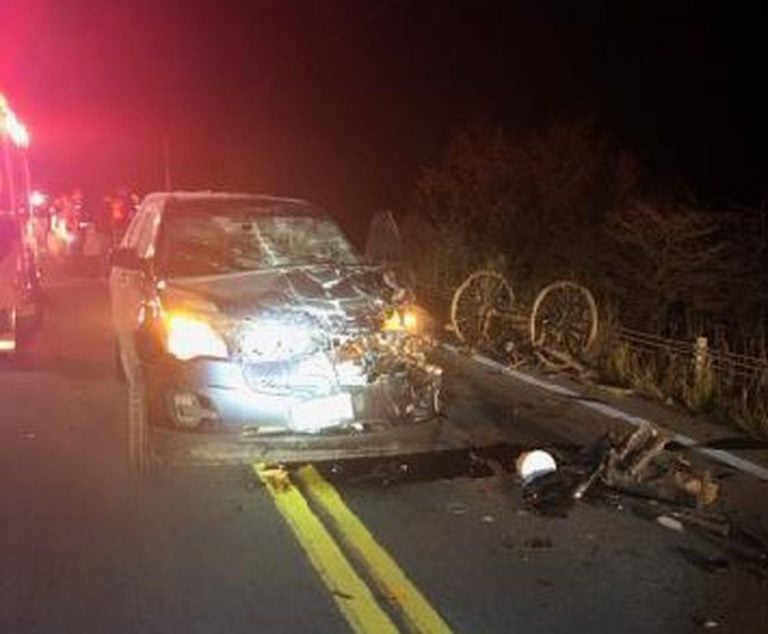The 3 Biggest Road Safety Dangers – According To Ohio Amish
The Ohio Department of Transportation (ODOT) has completed an extensive study – the Statewide Amish Travel Study – examining road safety in the Buckeye State. The study is presumably the precursor to safety improvement projects for the state’s 70,000+ residents who travel by horse-and-buggy.
The study found that over 700 accidents occurred on Ohio’s state routes from 2009-2018. Of those accidents, about 350 resulted in injuries, and 15 involved fatalities. This appears to omit accidents on less heavily-traveled roads.
There is some interesting data here. For one, in which situations were accidents found to be most common? A large majority – about 65% – occur when passing.
What about high-traffic vs. low-traffic areas? A perhaps surprising anecdote:
Lt. Stephanie Norman, commander of the Wooster post of the State Highway Patrol, which covers Wayne and Holmes County, said her department sees a lot of buggy accidents in the northwestern portion of Wayne where motor vehicle traffic is light and motorists don’t expect to see other vehicles.
Which are the worst/highest-priority areas?
Among the segments deemed the highest priority by the ODOT study are parts of U.S. Route 42 in Ashland County, state Route 301 in Wayne and Medina counties, state Route 94 in Wayne and state Routes 241 and 557 in Holmes.
Route 42 in Ashland between state Route 604 and the border of Wayne is the deadliest stretch with two fatal buggy accidents. Holmes, home of the Ohio’s largest Amish settlement — over 36,000 people — is also home to half of the worst areas for crashes per mile, per year.

The 3 Biggest Road Dangers According to Amish
They also asked over 1,200 Amish what they considered to be the biggest dangers on the road. The top three responses:
- Aggressive motor vehicle drivers (88%)
- Going over hills or around curves (66%)
- Truck traffic (38%)
So jerks on the road come in a strong first place according to the Amish. Hills and curves not too far behind.

What solutions might help improve safety?
“As far as engineering, what would help is wider berms so that they have a larger area that the buggy can be on rather than being on the main part of the roadway,” [Norman] said.
Countermeasures suggested by the study ranged from adding school zone signs around Amish schools, to more drastic and costly steps like widening shoulders to 4 feet (estimated to cost about $750,000 per mile) and adding 8-foot buggy lanes (about $2 million per mile). The study did not recommend improvements for specific roads but suggested that higher priority segments may need more involved and costly solutions.
Buggy lanes are often suggested in the comments sections of buggy accident posts here. These numbers give an idea of how much that would cost. The high price tag tells us why buggy lanes are not more common.

Geauga County, the state’s second largest settlement and fourth largest overall, is not mentioned in the news report on the study. That area is the beneficiary of a $14 million safety improvement project, announced late 2018.
The reason is suggested within the study itself: “Though included within this study, Geauga County was not a focal point of public involvement for this study as ODOT recently completed a detailed Amish Travel Study in 2016 defining improvements on all state routes within the county.”
You can find the full study report here. It appears to be extensive indeed, at 125 pages, with many visualizations and a lot of data not mentioned in the linked article. I’m going to dig deeper into it at the first opportunity.







Western Wisconsin area
I love driving the backroads between Wilton (home) and Tomah for my shopping, medical, and visiting family. CTHs A, M, and MM are a breathtakingly beautiful ride. But so many times I’ve cringed as someone appears out of nowhere behind me as I’m patiently waiting for the buggy ahead to climb the hill and/or round the curve so I have a clear view ahead so I can safely pass, give and receive that neighborly waveas I go on my way.
The backroads should NEVER be used as a shortcut for a driver in a hurry!!
Economicsgive
$750 grand per mile for wide berms versus 2 million bucks per mile for buggy lanes? That’s an easy call. The Amish should get whichever option they pay for.
.
Great Amish America story
While commuting back and forth from my home in Columbus for my Amish research in various communities of Ohio, I travel many miles through horse-and-buggy areas. If I was a photographer, standing still and not driving a car, I could photograph dozen of incidents of buggies and bicycles on roads with an 18-wheeler or pick-up truck anxious to go around, even at the risk of a head-on collision with another 18-wheeler/pick-up truck. And, training a horse to put up with the traffic noise requires a special horse and an expert horse trainer.
The 3 Biggest Road Safety Dangers – According To Ohio Amish
How about requiring the Amish to complete a thorough, certified Horse and Buggy Driver’s Education course? Accidents aren’t always the fault of the English. In our area, (central Illinois) we and many others we know have had near misses; and they haven’t been as a result of our poor driving.
This happened here yesterday. 8 year-old driving, very commmon even with younger ages. Pulled into the road right into truck path, which adults driving buggies do daily as well. Why is this allowed?
https://www.timesreporter.com/news/20200715/four-children-seriously-injured-in-vehiclepony-cart-crash-in-holmes-county
One of the children dies this morning, also.
*died